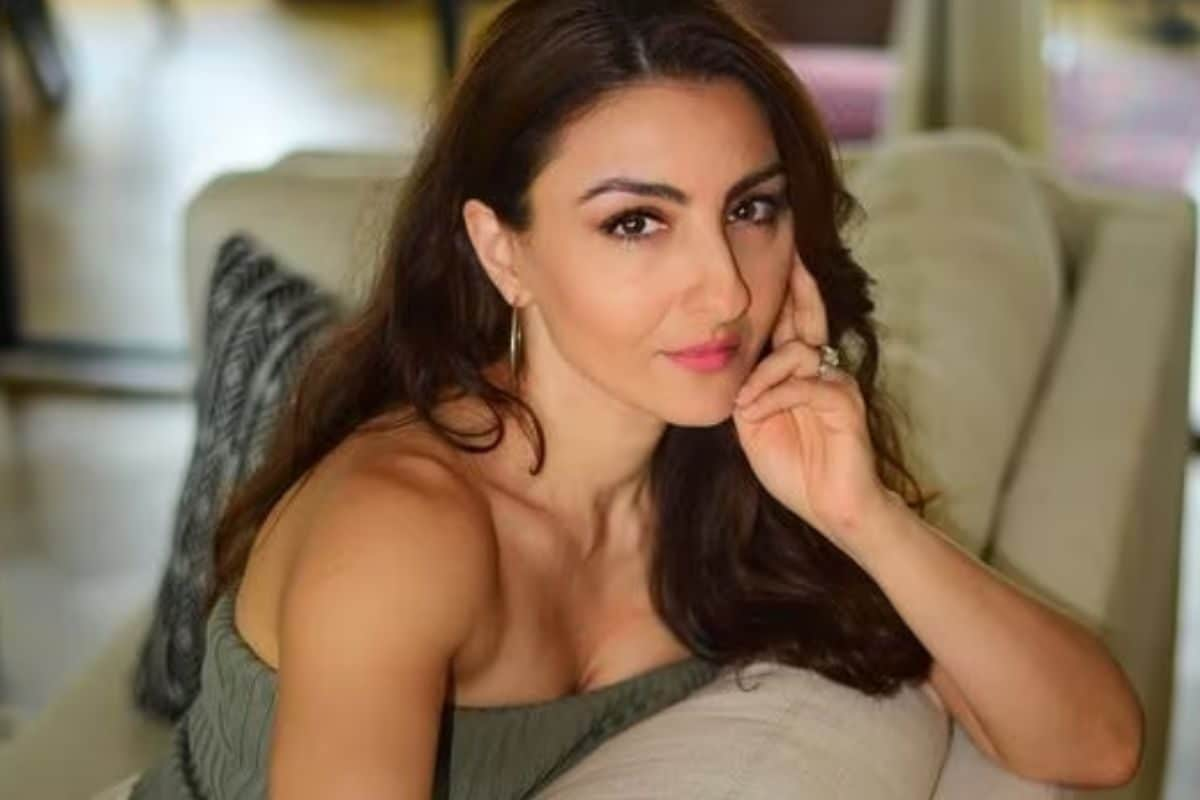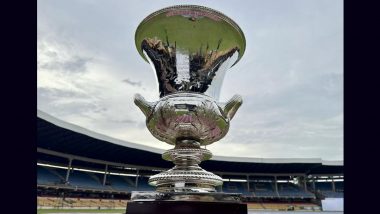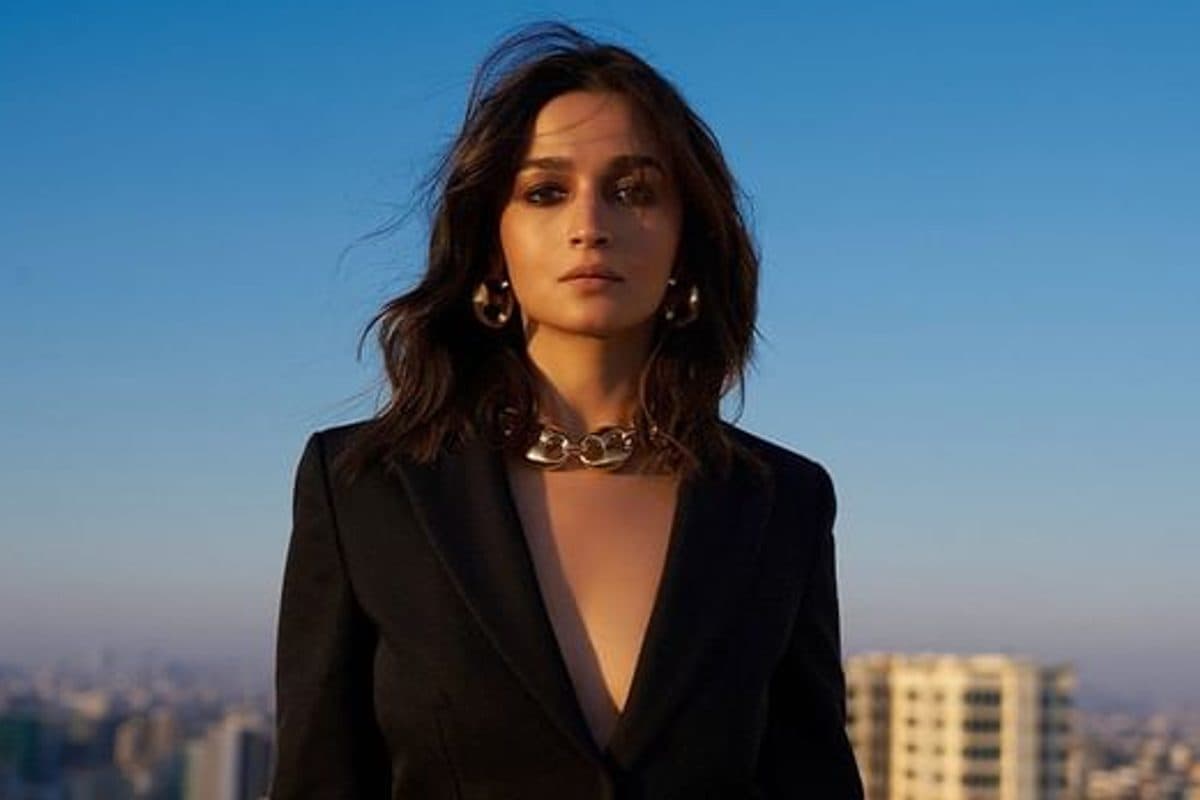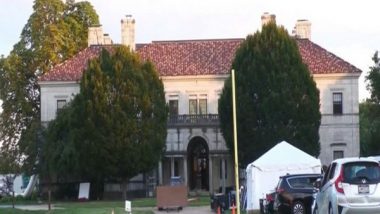The 1980s marked a pivotal moment in photography, becoming a tool for social representation, artistic expression and celebration of culture. Tate Britain will be the host for the landmark which will bring together 350 photos and archive material to show how photographers responded to change around them. The exhibition will be on display from , and will cover core events of the decade through the photography of well-known names, such as Martin Parr, Chris Killip and Don McCullin, as well as photographers that are becoming more widely recognised.
This autumn, Tate Britain will present , a landmark survey which will consider the decade as a pivotal moment for the medium of photography. Bringing together nearly 350 images and archive materials from the period, the exhibition will explore how photographers used the camera to respond to the seismic social, political, and economic shifts around them. Through their lenses, the show will consider how the medium became a tool for social representation, cultural celebration and artistic expression throughout this significant and highly creative period for photography.

This exhibition will be the largest to survey photography’s development in the UK in the 1980s to date. Featuring over 70 lens-based artists and collectives, it will spotlight a generation who engaged with new ideas of photographic practice, from well-known names to those whose work is increasingly being recognised, including , and . It will feature images taken across the UK, from ’ post-industrial Welsh landscape to portraits of youth unemployment in Newcastle.
Important developments will be explored, from technical advancements in colour photography to the impact of cultural theory by scholars like Stuart Hall and , and influential publications like and in which new debates about photography emerged. will introduce Thatcher’s Britain through documentary photography illustrating some of the tumultuous political events of the decade. History will be brought to life with powerful images of the miners’ strikes by and ; anti-racism demonstrations by and ; images of Greenham Common by and projects responding to the conflict in Northern Ireland by and .
Photography recording a changing Britain and its widening disparities will also be presented through ’s images of corporate excess, observations of social security offices, and ’s absurdist depictions of Middle England, displayed alongside and ’s portraits of London’s disappearing East End and ’s transient ‘sea-coalers’ in Northumberland. A series of thematic displays will explore how photography became a compelling tool for representation. For and , who portray their multicultural communities, photography offers a voice to the people around them, whilst , and ’s 1979, gives a community a joyous space to express themselves.
Many Black and South Asian photographers use portraiture to overcome marginalisation against a backdrop of discrimination. The exhibition will spotlight lens-based artists including and who experiment with images to think about diasporic identities, and the likes of and who employ self-portraiture to celebrate ideas of Black beauty and femininity. Against the backdrop of Section 28 and the AIDS epidemic, photographers also employ the camera to assert the presence and visibility of the LGBTQ+ community.
subversively reimagines literary characters as lesbians, whilst 1988, juxtaposes portraits of queer couples with the legislative wording of Section 28. For some, their work reclaims sex-positivity during a period of fear. The exhibition will spotlight photographers , and who each centre Black queer experiences and contest stereotypes through powerful nude studies and intimate portraits.
It will also reveal how photographers from outside the queer community including were invited to portray them. Known for documenting fetishist sub-cultures, Lau’s series 1986 and 1986, tenderly records this underground community defiantly continuing to exist. The exhibition will close with a series of works that celebrate countercultural movements throughout the 80s, such as and energetic documentation of underground performances and club culture.
The show will spotlight the emergence of i-D magazine and its impact on a new generation of photographers like and , who with stylist pioneer a cutting-edge style of fashion photography inspired by this alternative and exciting wave of youth culture, reflective of a new vision of Britain at the dawn of the 1990s. Keith Arnatt; Zarina Bhimji; Derek Bishton; Sutapa Biswas; Tessa Boffin; Marc Boothe; Victor Burgin; Vanley Burke; Pogus Caesar; Thomas Joshua Cooper; John Davies; Poulomi Desai; Al-An deSouza; Willie Doherty; Jason Evans; Rotimi Fani-Kayode; Anna Fox; Simon Foxton; Armet Francis; Peter Fraser; Melanie Friend; Paul Graham; Ken Grant; Joy Gregory; Sunil Gupta; John Harris; Lyle Ashton Harris; David Hoffman; Brian Homer; Colin Jones; Mumtaz Karimjee; Roshini Kempadoo; Peter Kennard; Chris Killip; Karen Knorr; Sirkka-Liisa Konttinen; Grace Lau; Dave Lewis; Markéta Luskačová; David Mansell; Jenny Matthews; Don McCullin; Roy Mehta; Peter Mitchell; Dennis Morris; Maggie Murray; Tish Murtha; Joanne O’Brien; Zak Ové; Martin Parr; Ingrid Pollard; Brenda Prince; Samena Rana; John Reardon; Paul Reas; Olivier Richon; Suzanne Roden; Franklyn Rodgers; Paul Seawright; Syd Shelton; Jem Southam; Jo Spence; John Sturrock; Maud Sulter; Homer Sykes; Mitra Tabrizian; Wolfgang Tillmans; Paul Trevor; Maxine Walker; Albert Watson; Tom Wood; Ajamu X. More news:.



















